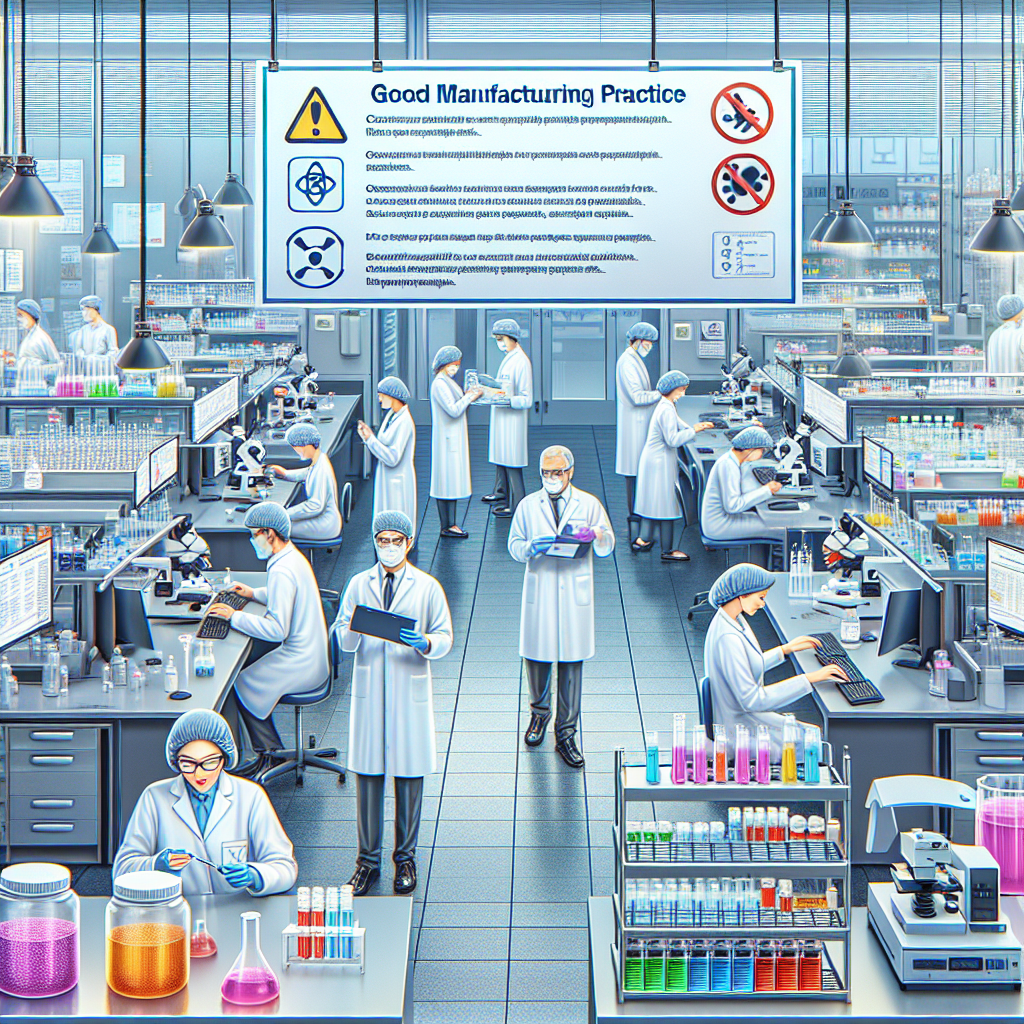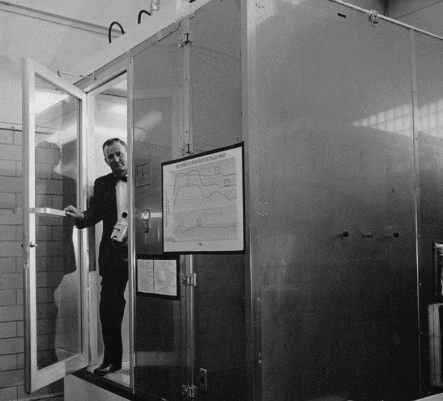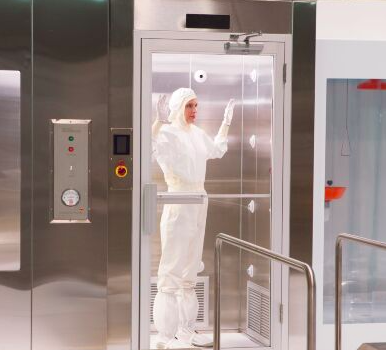In the pharmaceutical industry, the stakes are high when it comes to ensuring product quality and safety. The manufacturing environment plays a crucial role in this, which is why cleanroom classification, adherence to GMP (Good Manufacturing Practice) standards, and meticulous cleanroom design are paramount. Here’s how to ensure quality in pharmaceutical manufacturing by creating and maintaining a controlled environment.
Understanding Cleanroom Classification
Cleanroom classification refers to the level of cleanliness in the manufacturing environment and is categorized based on the number of particles per cubic meter at a specified particle size. The International Organization for Standardization (ISO) provides the ISO 14644-1 standard, which is widely accepted in the pharmaceutical industry.
To maintain a sterile environment, pharmaceutical manufacturing cleanrooms are often required to meet ISO 5 or ISO 7 standards, depending on the sensitivity of the production process. The classification dictates everything from the air filtration system to how often surfaces must be cleaned.
Designing for Sterility
When designing a cleanroom for pharmaceutical production, every detail must be considered to prevent contamination. Cleanroom design includes the selection of materials that are non-shedding and easy to clean, as well as the layout that minimizes the flow of contaminants and facilitates proper airflow. The design also integrates systems for monitoring environmental conditions such as temperature, humidity, and particulate levels.
GMP Standards and Controlled Environments
GMP standards are a set of regulations provided by the U.S. Food and Drug Administration (FDA) that guide the production, verification, and validation of drugs to ensure their identity, strength, quality, and purity. These standards require pharmaceutical manufacturers to operate within a controlled environment.
A controlled environment not only encompasses the cleanroom itself but also the protocols and procedures that govern how personnel operate within it. This includes wearing appropriate garments, following strict entry and exit procedures, and undergoing regular training on contamination control.
Regular Monitoring and Maintenance
To maintain adherence to cleanroom classification and GMP standards, continuous monitoring and upkeep are imperative. Scheduled cleanroom testing and certification serve as proactive measures, scrutinizing environmental parameters for any deviations, while preventive maintenance of critical components such as HEPA filters and air handling units ensures sustained efficiency and regulatory compliance. Additionally, robust maintenance protocols encompass both reactive responses and proactive strategies, leveraging predictive maintenance methodologies to anticipate and mitigate potential disruptions before they impact operational integrity.
Cleanroom Upgrades and Adaptations
Advancements in pharmaceutical processes might necessitate changes in cleanroom design and classification, driven by factors such as the development of novel drug formulations or the introduction of more stringent regulatory requirements. For instance, the emergence of new drug formulations could demand tighter particle count controls, prompting adjustments to existing cleanroom infrastructure or the construction of entirely new facilities. In such cases, the proactive upgrading of existing cleanrooms or the strategic design of new ones to align with the evolving demands of pharmaceutical manufacturing becomes imperative to ensure continued compliance with industry standards and regulatory expectation.
Conclusion
The creation of a sterile environment through proper cleanroom classification, meticulous design considerations, and unwavering adherence to Good Manufacturing Practice (GMP) standards is not merely a preference but an absolute necessity in pharmaceutical manufacturing, where even minor deviations can have significant implications for product efficacy and safety. By prioritizing these crucial aspects and dedicating resources to rigorous monitoring and maintenance protocols, pharmaceutical companies can uphold the integrity of their manufacturing processes, safeguarding both their reputation and the well-being of consumers who rely on their products for health and well-being.
If you find yourself in the process of setting up or upgrading a pharmaceutical manufacturing cleanroom, it’s essential to recognize that every detail, no matter how seemingly small, contributes to the overarching goal of ensuring quality and compliance. From the selection of appropriate materials and equipment to the implementation of robust contamination control measures, meticulous attention to detail at every stage of the cleanroom design and construction process is paramount for achieving and maintaining regulatory compliance and product excellence.



